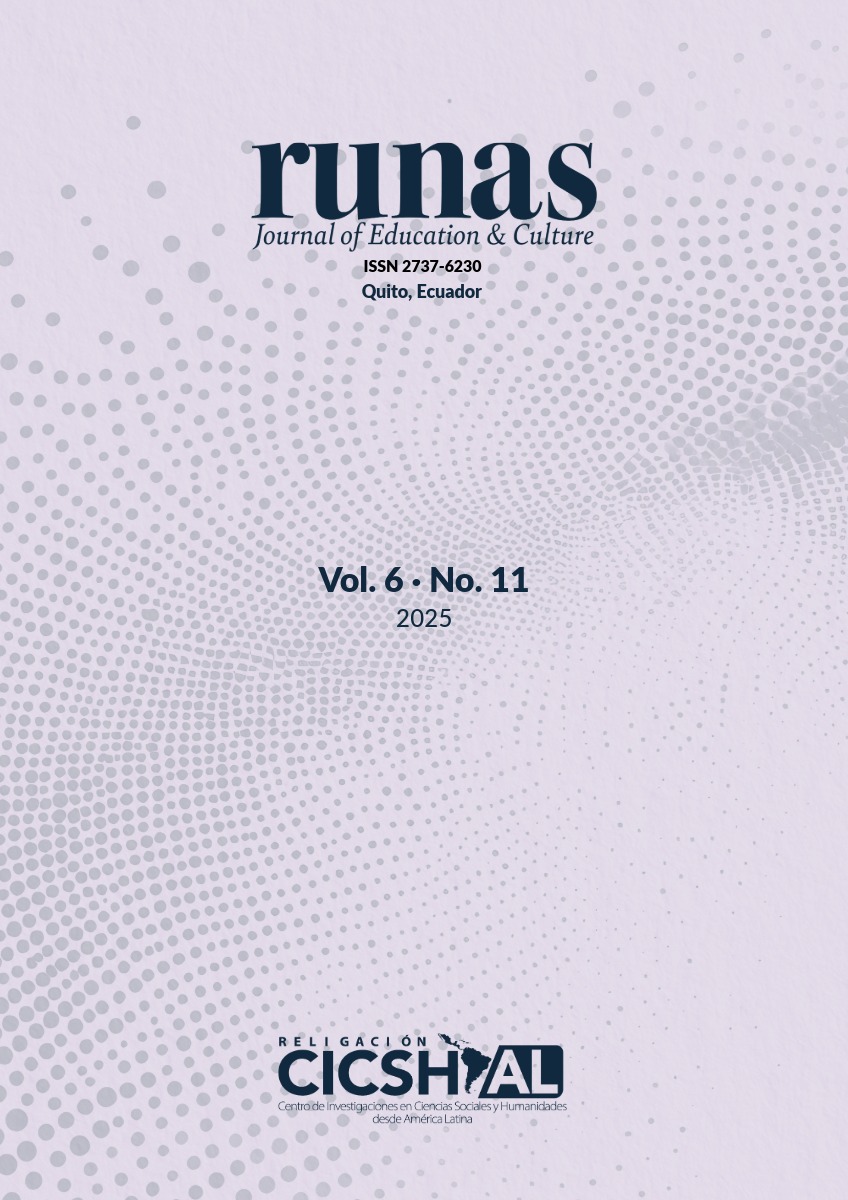Abstract
Financial education has established itself as a main pillar to promote financial inclusion within the Latin American approach, where social barriers affect vulnerable communities that are extensive in the region, promoting exclusion from the financial system. This research reflects on financial education and inclusion from its theoretical beginnings, focused only on economic management, to the role that is being developed in recent years with the appearance of new technological tools. A timeline is structured for each of the terms studied, from the moment of emergence as a basic expression, through factors to which they had to be adapted as axes of public policy. In the same way, an analysis is presented of how the evolution of these terms has generated a new path of inclusion in the financial system, much more in historically marginalized sectors. It is also highlighted that, despite the progress evidenced, barriers persist that, in rural communities, prevent economic, social and cultural development. Among the results we have that the creation of strategies that comprehensively encompass the population through joint work with education, private companies and public policies, in addition, supported by emerging technologies can impact a greater number of people according to the needs they present. Finally, this article leaves open some questions about the future of financial education in Latin America, what methods or new strategies can be implemented for financial inclusion encouraging an environment of sustainable development.
References
Atkinson, A., & Messy, F.-A. (2012). Measuring Financial Literacy: Results of the OECD / International Network on Financial Education (INFE) Pilot Study. OECD Publishing.
Banco Interamericano de Desarrollo (BID). (2019). Educación financiera en América Latina: Brechas y oportunidades.
Banco Mundial. (2021). The Global Findex Database 2021: Financial Inclusion, Digital Payments, and Resilience in the Age of COVID-19.
BID. (2021). Inclusión Financiera y COVID-19: Desafíos y Respuestas en América Latina y el Caribe. Banco Interamericano de Desarrollo.
Cárdenas Pérez, A. (2019). La teoría del valor-trabajo. El predominio del pensamiento clásico desde la modernidad hacia la sobre modernidad. Revista Publicando, 6(21), 1-7.
Cárdenas Pérez, A., & Veloz-Jaramillo, M. (2018). Modelización econométrica bajo la metodología de Box-Jenkins. Estudio empírico a la liquidez del sistema financiero ecuatoriano. Investigación Operacional, 39(1), 85-93.
Camara, N., & Tuesta, D. (2017). Measuring Financial Inclusion: A Multidimensional Index. BBVA Research.
CEPAL. (2020). Educación financiera y su impacto en el desarrollo económico de América Latina.
Demirgüç-Kunt, A., Klapper, L., Singer, D., Ansar, S., & Hess, J. (2018). The Global Findex Database 2017: Measuring Financial Inclusion and the Fintech Revolution. World Bank.
OECD. (2013). Advancing National Strategies for Financial Education. OECD Publishing.
OCDE. (2020). Financial Literacy in a Digital World: Policy Insights.
OECD. (2021). Promoting Financial Literacy During the COVID-19 Crisis. Organization for Economic Co-operation and Development.
Yunus, M. (2007). Creating a World Without Poverty: Social Business and the Future of Capitalism. PublicAffairs.
World Bank. (2020). Financial Inclusion and Resilience in the Wake of COVID-19. World Bank Group.

This work is licensed under a Creative Commons Attribution-NonCommercial-NoDerivatives 4.0 International License.
Copyright (c) 2025 Alisva de los Ángeles Cárdenas-Pérez, Nixon Joel Espin-Salambay, María Belén Lascano-López, Adriana Alexandra Ramon-Suarez





